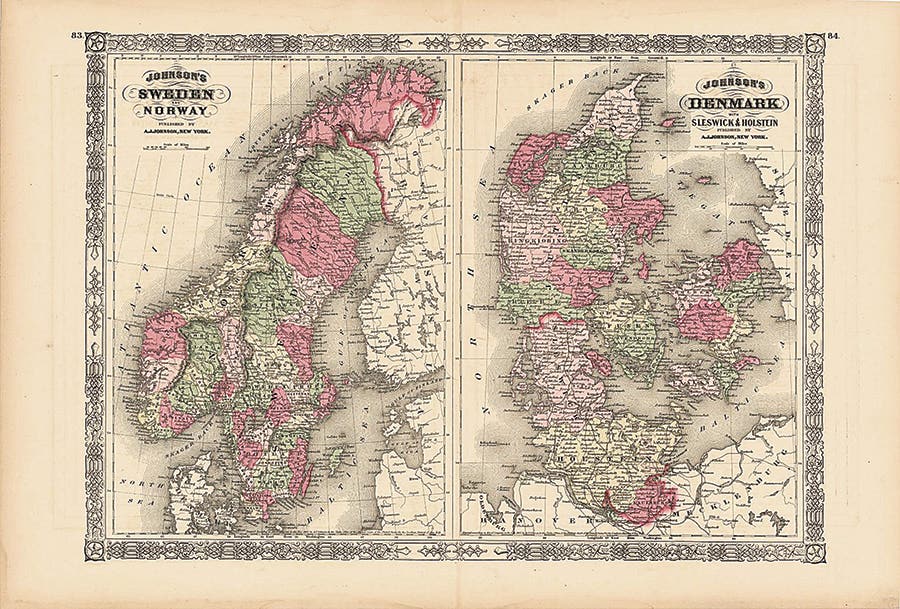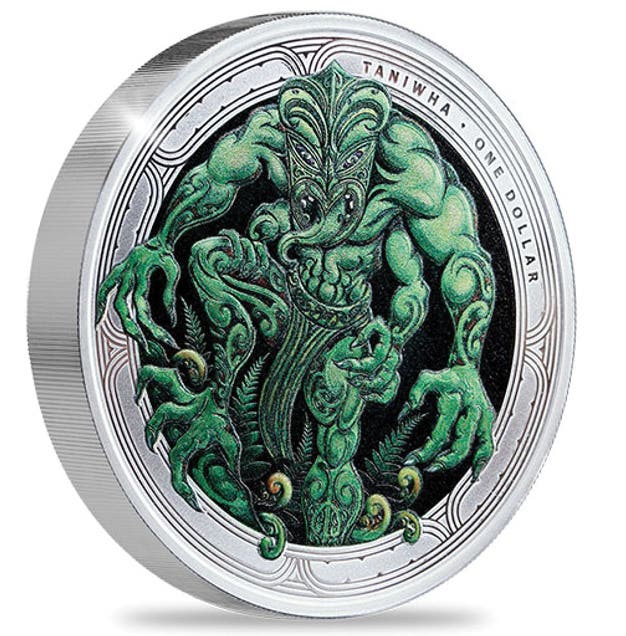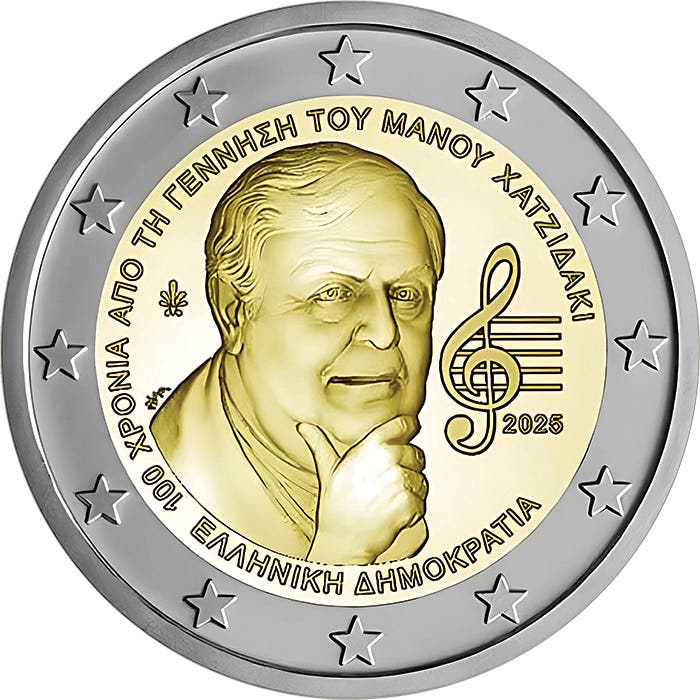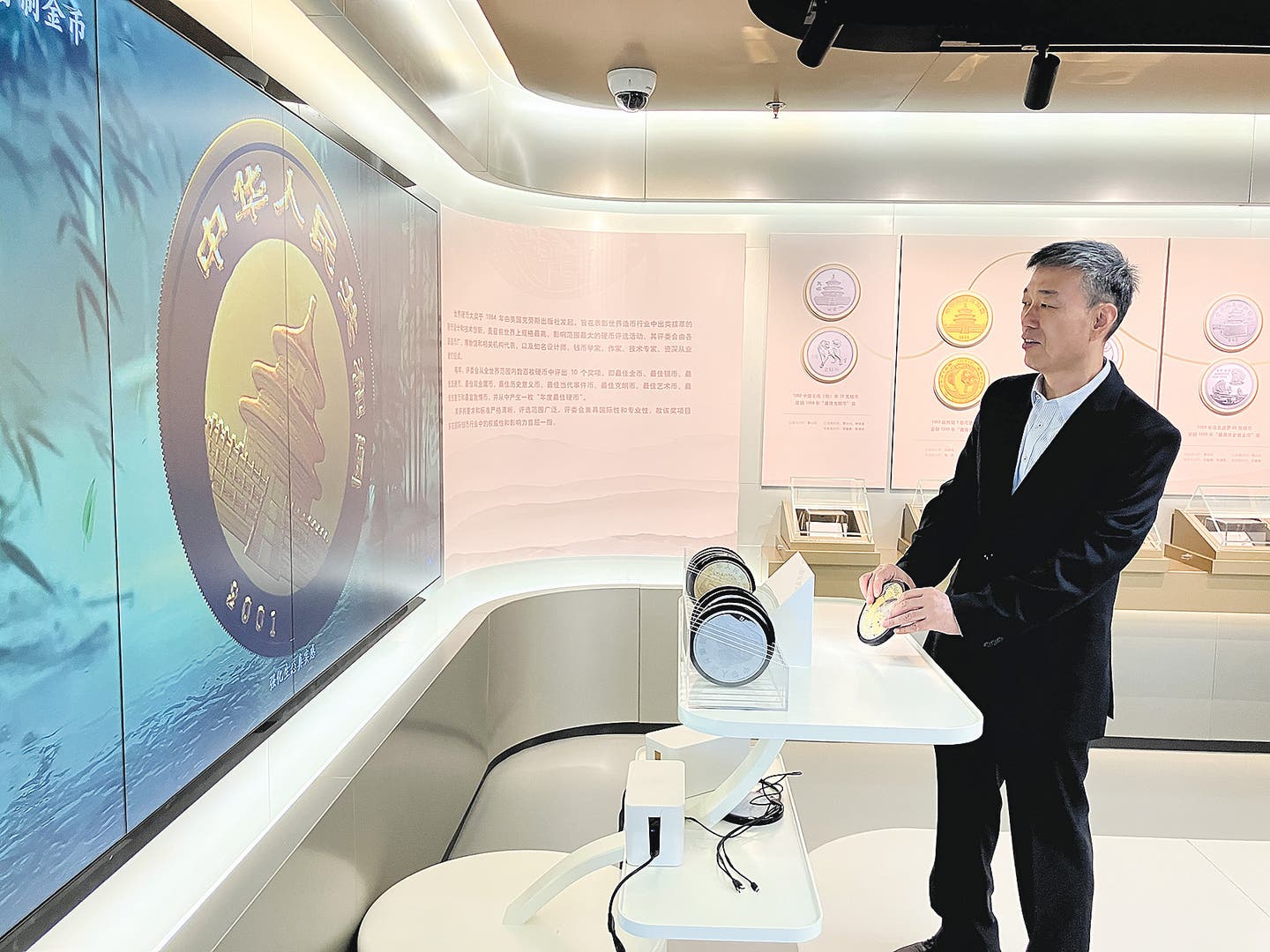East Meets West with Ferracute Patterns
Today’s interconnected world has blurred the boundaries of trade and innovation between one country and the next. However, there were some surprising intersections of coinage technology between the East and…
Today's interconnected world has blurred the boundaries of trade and innovation between one country and the next. However, there were some surprising intersections of coinage technology between the East and West even in the late 1800s. What do the U.S. Mint, the state of New Jersey, and the government of Szechuan, China, have to do with one another? The answer is the Ferracute pattern coinage of the late 1890s.
In 1896, the Imperial Government of China was in need of modernizing the Chengtu Mint in the province of Szechuan. Current technology was inefficient and large-scale, western-style production was impossible, so the search began for a company to supply new minting equipment and dies. The British Royal Mint was contacted first. They made a few pattern coins and submitted a bid for the entire project. However, the American Trading Company – which was operating in China and Japan at the time – was also approached for a bid that was to be obtained from the Ferracute Machine Company of Bridgeton, N.J. While Ferracute was known for its metal presses used in canneries, they were also the current supplier of coin presses to the Philadelphia Mint. In the end, the European company's offer was undercut to secure the contract in mid-1896, with a winning bid that amounted to roughly $13,000 and included a complete mint setup, including five coin presses, punching presses, feed attachments and coin dies.
On March 24, 1897, upon completion of the new machinery, a public demonstration was held at the Ferracute factory in New Jersey. A photo of this event shows formally dressed visitors inspecting sample coins that were struck on the new presses. Among the officials that attended this historic event was United States Mint Chief Engraver Charles Barber, who engraved the dies for these Chinese coins using a Kwangtung dollar as an exact model, save for the change in province. Ferracute struck a small number of patterns in silver and slightly more in brass to demonstrate the presses it built for China, handing out samples of the brass strikes to attending dignitaries.
Heritage Auctions will be offering one of these Szechuan pattern coins in its Dec. 18-19 Hong Kong Auction #3087. This Kuang-hsü brass Specimen "Ferracute" Pattern 20 cents was struck around 1896/7 and is graded SP-62 by PCGS. These famed pattern coins connect the East and West and have a fascinating history. Relatively few of these pieces are available to collectors today, and Heritage has even sold a full set of these patterns for just over $1 million.
As a single piece rather than a set, this coin will be more accessible to collectors and is estimated at more than $10,000. Currently, only two pieces rank finer at PCGS.
Click here for more details.









